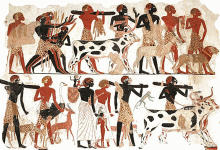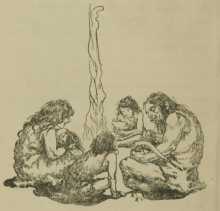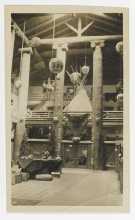Ancient plant brought back to life
The Russian discovery of a cache of ancient seeds several years ago was nothing much to be excited about at the time. These seeds, encased more than 120 feet below the earth’s surface, were found in an area known for fossil remains. What is astounding, however, is that these particular seeds were preserved well enough for scientists to germinate them and grow them into healthy plants. After more than 32,000 years, flora from an unknown period of history was restored to life.
Scientists are understandably excited about their accomplishment. The previous record-holder for this type of procedure was a 2000-year-old date palm. That beats out the previous record by several millennia. Furthermore, the newly created plants managed to flower and produce their own seeds, creating a second generation and the assurance that this ancient plant will continue to exist in the modern world.











